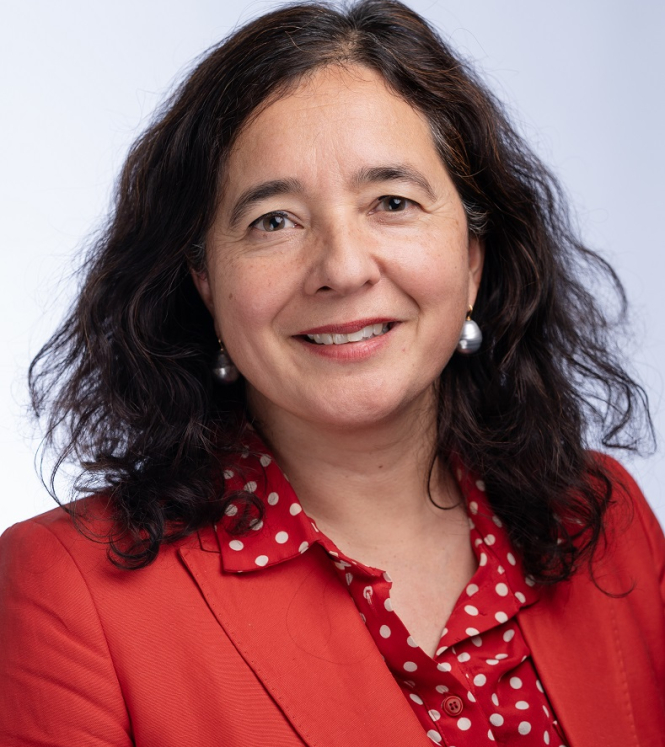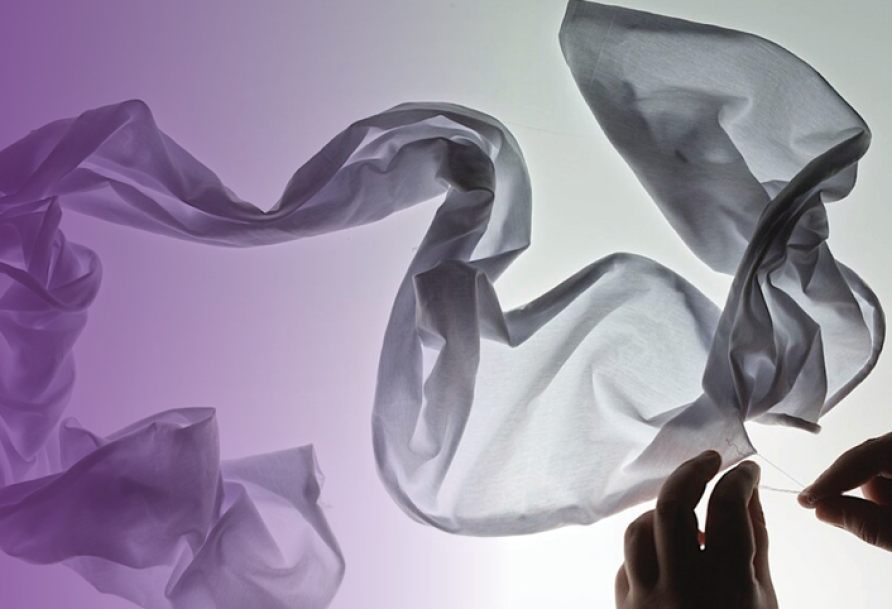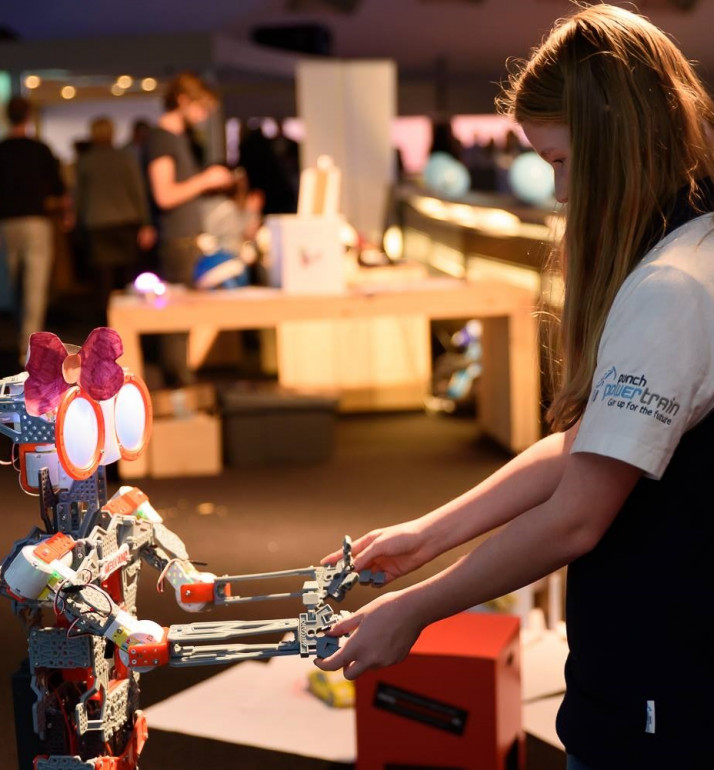
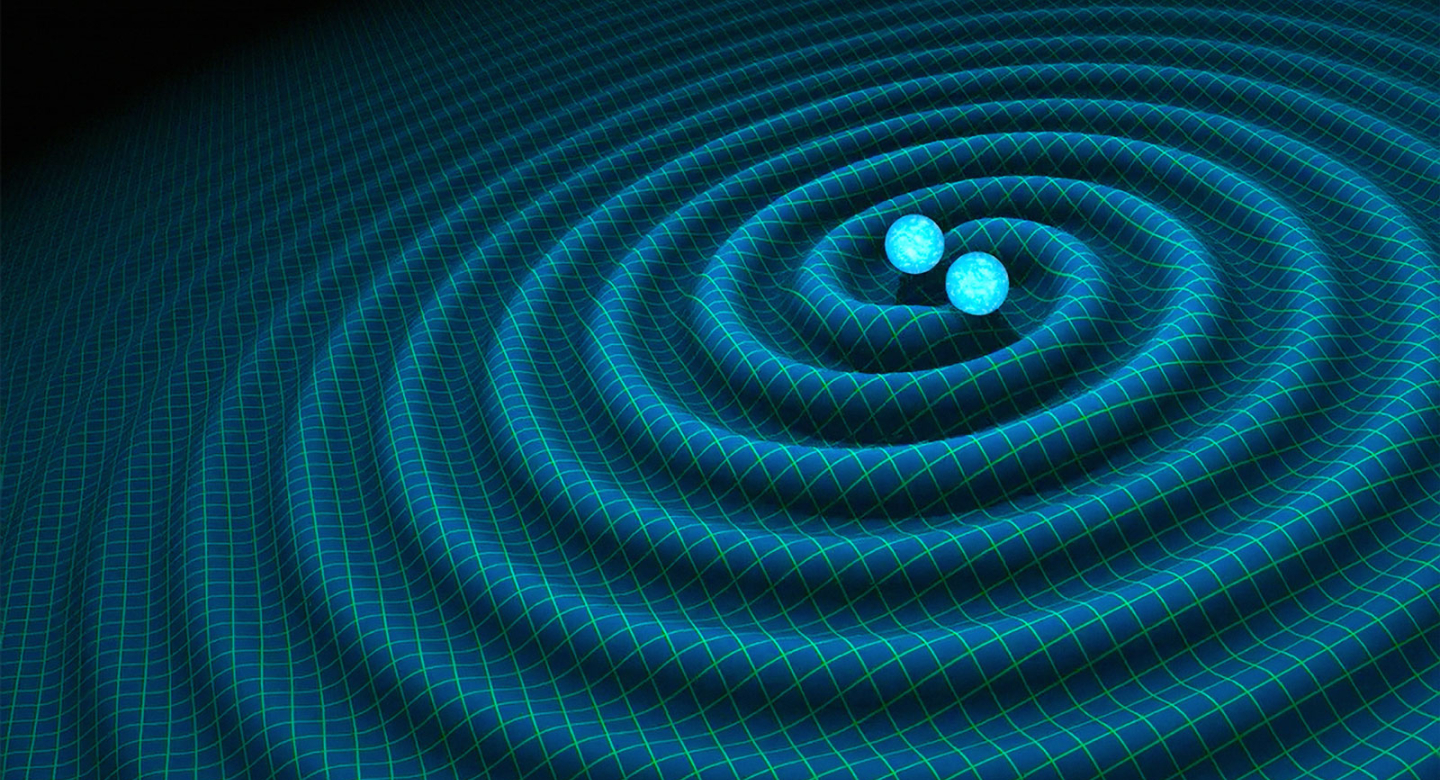
Measuring the gravity of the universe in Maastricht
At the southernmost tip of the Netherlands lies a groundbreaking research hub that is reshaping the future of gravitational physics and space exploration. ETpathfinder, based in Maastricht, is a living laboratory for the technologies that will power the Einstein Telescope (ET), a next-generation European underground gravitational wave detector. In the lab, researchers experiment with ultra-sensitive optical and cryogenic systems that will allow tomorrow’s observatories to ‘listen’ to the universe in ways never before imagined.
From Maastricht to the cosmos
The technologies being pioneered at ETpathfinder are vital for the Einstein Telescope, a detector far more advanced than today’s LIGO and Virgo. While ETpathfinder itself does not launch rockets, its expertise is shaping the future of space exploration. The technologies developed here, such as ultra-precise measuring tools and sensors that can work at unimaginably low temperatures, are crucial not only for detecting gravitational waves on Earth, but also for missions in space. Take ESA and NASA’s upcoming LISA mission: a space telescope designed to listen to ripples in spacetime itself. Without breakthroughs from places like ETpathfinder, such missions would be impossible. In other words, what happens in a lab in Maastricht could determine how humanity explores, and understands, the universe.
Maastricht brings Dutch know-how in satellite instruments, laser communication, and precision optics, cultivated at institutes like SRON and TNO, all together in one space. In close collaboration with national and international partners, such as Nikhef and Maastricht University, ETpathfinder is building the technologies that let the universe speak.
When quantum meets space
Detecting gravitational waves is not just an engineering feat: it is a quantum challenge. Researchers are pushing against the fundamental limits of physics, like the faint hiss of photons themselves. To overcome this, researchers use quantum squeezing. A technique that shifts uncertainty in light’s behaviour to measure spacetime ripples more precisely. These shifts are so small they are smaller than the diameter of a proton!
ETpathfinder is the world’s first facility capable of cooling silicon mirrors to near absolute zero. These mirrors, at the very heart of detecting gravitational waves, must be kept at extreme cryogenic temperatures to silence the tiniest vibrations and reveal signals otherwise drowned out by the background noise of ordinary thermal motion. On Earth, this ultra-cold precision allows scientists to measure distortions in space-time smaller than a proton, pushing the limits of what is physically observable. Beyond our planet, the same cryogenic technology underpins next-generation space instruments, from advanced telescopes to quantum satellites; making ETpathfinder not just a laboratory of firsts, but a bridge between cutting-edge terrestrial science and the frontiers of space exploration.
Giving the universe a voice
In Maastricht, the test hub brings together fundamental physics, quantum technology, and space engineering, making it far more than ‘just’ a physics experiment. Over the past year, ETpathfinder has grown into the nerve centre of European gravitational-wave technology. This demonstrates how the Netherlands, far from the traditional centres of space exploration, has become indispensable to high-tech science on a global scale. From this place, researchers are shaping the next era of cosmic discovery, from black holes to the origins of the universe. That’s New Dutch!
#NewDutch is a mentality, a movement, and an international platform for Dutch innovation. Discover the makers of tomorrow on www.newdutch.nl and join us!![]() Home
Home
 Articles
Articles
 About #NewDutch
About #NewDutch
 Partners
Partners
 Join the movement!
Join the movement!
Dive in
-
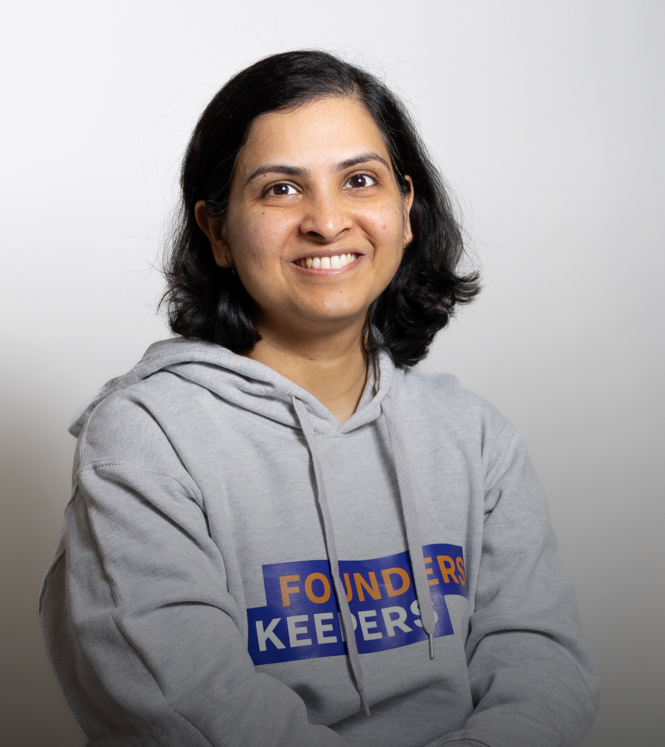
-
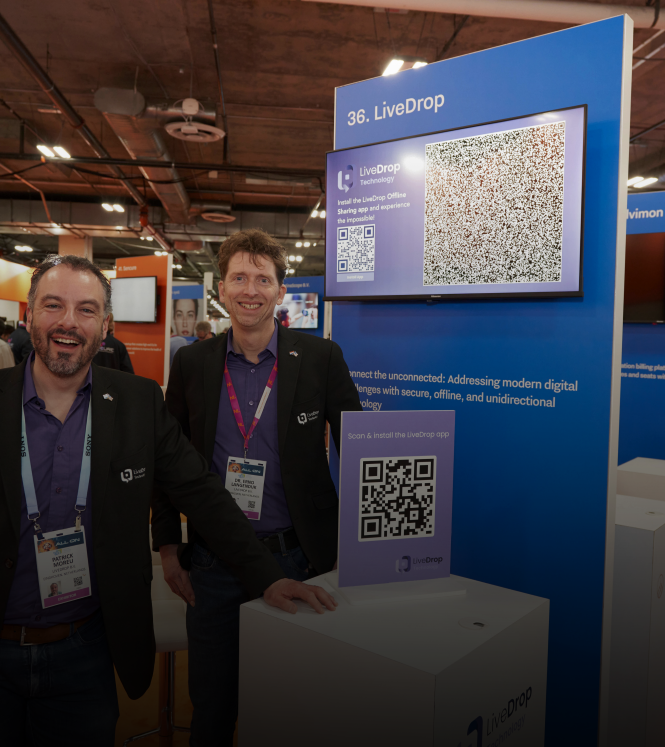
-
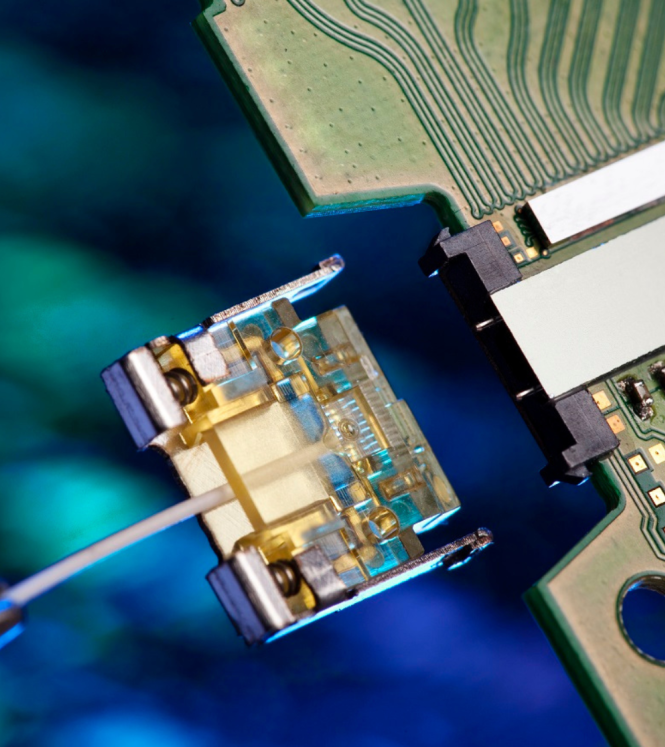
Dutch innovation for a safer, more sustainable future
Read more -
